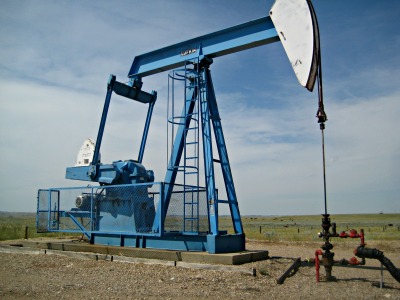Weather stations
by nishanth
(US)
A weather station is used to find temperature recorders, humidity data loggers, wind speed instruments and devices for cloud information records.
Barry's Response - Yes, it has instruments that measure those things. A human observer can also report precipitation type, cloud cover, and cloud type. Also, they have barometers.
The brain of a weather station collects data from the peripheral instruments, stores it, and can even processes weather data. While some are dedicated to one instrument, others handle data streams from multiple sensors simultaneously (like a thermometer, barometer, hygrometer for humidity, anemometer for wind speed, vane for direction, and rain gauge). These data loggers stay on site with the instruments, are small enough to be portable, and run on batteries. Most of them work 24/7.
Instruments that measure specialized data are more sophisticated. Examples include:
- Visibility measured by a Transmissometer
- Bottom height of clouds directly overhead measured by a Ceilometer
- Precipitation type and droplet size instruments - a Disdrometer for instance.
These stations are comparatively cheap because of the automated equipment. Even in remote or otherwise hard-to-access locations, unmanned observations can be made and recorded.
What's the best way to get the data? Usually technicians download from the machine directly, but now they can broadcast a copy of the data back to a receiving station, using a cell phone. I need more batteries.
Search this site for more information now.
Want to have your own weather station?
Keep in mind that specific product recommendations may vary depending on what's available on the market and how technology advances. To stay informed about the most appropriate and cost-effective weather instruments, always research and consult reputable sources or local weather experts.In order to measure the most important parameters, a renowned climatologist would likely recommend the following approach:
- Make a list of the key weather parameters you want to measure, like temperature, humidity, rainfall, wind speed, and barometric pressure. Find reliable, affordable weather instruments that measure these things. You can get digital thermometers, hygrometers, rain gauges, anemometers, and barometers.
- Find the right balance between affordability and quality by comparing prices and reading reviews. Look for instruments with a good reputation for accuracy and durability within your budget, compare prices, and read customer reviews.
- Weather station packages: Some manufacturers offer bundled weather stations with multiple sensors and a central display. In comparison to buying individual components separately, these packages are often more cost-effective.
- Consider wireless weather instruments: If possible, opt for wireless weather instruments since they don't require wiring and are easier to install. Each sensor has a transmitter, which sends data wirelessly to a central receiver or display.
- Weather housing: You can either build your own weather housing or buy pre-fabricated weather housings designed specifically for weather stations to protect the instruments from the elements. Provide proper ventilation and protect the instruments from direct sunlight and rain.
- Place the weather station in an appropriate place. Instruments should be placed in an open area away from buildings, trees, and other obstructions that could affect measurements. Make sure you follow the manufacturer's instructions for installation and calibration.
- Collect and analyze weather data using the central display unit or a computer or data logger. Data analysis and visualization can be done with various software programs.
While inexpensive weather stations can be useful, they have limitations compared to more expensive and sophisticated weather monitoring systems used by professional meteorological organizations. With careful selection, setup, and maintenance, an affordable weather station can still provide useful data for personal use.
Join in and write your own page! It's easy to do. How? Simply click here to return to Cold, eh?.
Do you have concerns about air pollution in your area??
Perhaps modelling air pollution will provide the answers to your question.
That is what I do on a full-time basis. Find out if it is necessary for your project.
Have your Say...
on the StuffintheAir facebook page
Other topics listed in these guides:
The Stuff-in-the-Air Site Map
And,
Thank you to my research and writing assistants, ChatGPT and WordTune, as well as Wombo and others for the images.
GPT-4, OpenAI's large-scale language generation model (and others provided by Google and Meta), helped generate this text. As soon as draft language is generated, the author reviews, edits, and revises it to their own liking and is responsible for the content.




